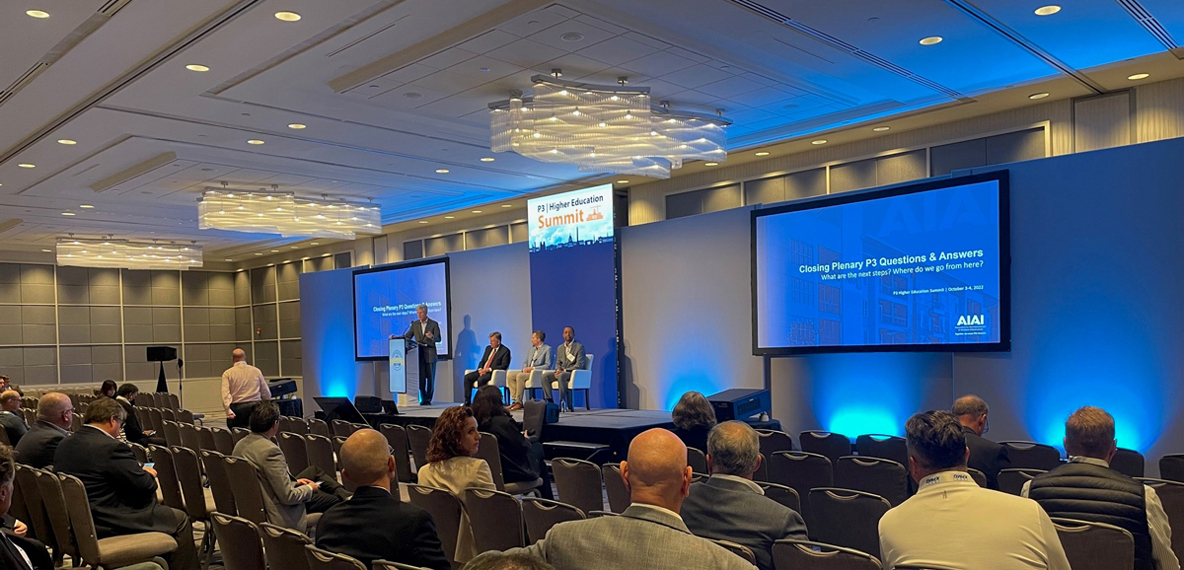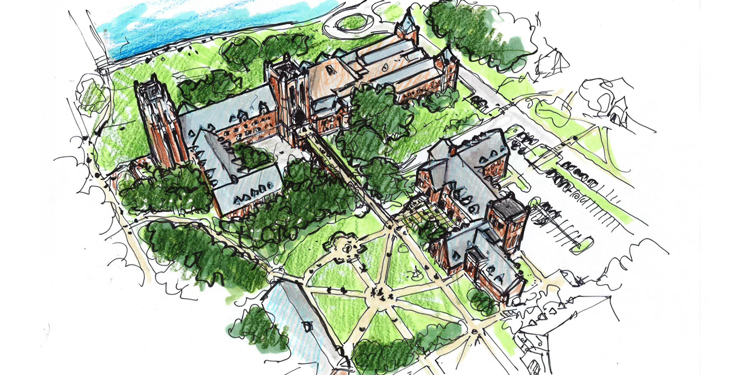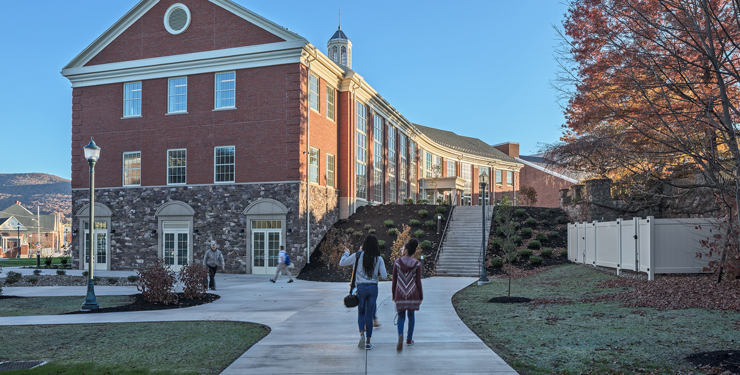
Key Learnings from the 2022 P3 Higher Education Summit

In October, I attended a conference in Washington, D.C. for P3 (public-private partnership) in higher education with over 200 attendees. While BHDP has limited experience with P3 initiatives, many of our clients have inquired recently if it is a good fit for them to provide resources in an ever-increasing world of limited resources.
P3 for higher education development is a deal structure in which a public or private college or university takes on a private sector partner to share the resources, risks, and incentives that come with the development and operation of campus facilities.
On the recommendation from a colleague with a local HBCU, I attended the 2022 P3 Higher Education Summit to understand why this delivery method is one of the fastest-growing methods to deliver projects for higher education institutions. One of my first discoveries was that P3 is more than just a way to fund and build new residential life communities.
The Fundamentals of a Public-Private Partnership
At the conference, I learned that P3 could be used for almost any project type, and the fundamentals of a successful project boil down to three key factors:
- Selecting an advisor early on.
- Determining clear goals and outcomes.
- Identifying a process and following it.

At the conference, I attended best practices panel discussions that spoke to every stage of the P3 process.
Enlisting an Advisor and Defining Goals and Outcomes
You may note that none of the three keys to success relate to funding, and while this is a fundamental aspect of setting the goals and outcomes for the university, it should not be the only driver for the project. One of the keynote speakers at the summit noted that “lack of funding” should not be the sole decision to use P3. Selecting an advisor with experience in P3 delivery will guide the university and help with the other two steps. The selected firm and individual must possess the expertise and patience to guide the university through the process. Next is establishing the goals and outcomes for the university. One of the ways to ensure these are followed is to have a champion within the institution who can gather input from key stakeholders. After attending a few seminars, I noticed a theme among the reasons universities seek out P3: speed, expertise, and market forces.
- Speed: The developers are familiar with the project type and can deliver housing years faster than a typical institutional process.
- Expertise: The developer has scale and intimate knowledge of the project type.
- Market Forces: The developer understands a particular market. For example, a developer was able to reduce the square footage per bed and provide more amenities within the same cost structure based on current market expectations for housing.
Establishing a Process
Finally, to leverage the experts and receive valued input during the development, it is critical to establish a process. It should state the rules of the process, the steps to be taken, and the measurements to be used for a successful bidder. By outlining clear steps to achieve the university’s outcomes, I learned that the development teams will invest in your process. I was surprised to learn that on larger P3 pursuits, developers will invest significant efforts on your behalf with the understanding that the award is not guaranteed. However, if the process is unclear or not followed, the developers will quickly pull back on their investment and may not participate at all. We all have limited time, and so like all of us, the developer will pursue the projects with the best-defined process for fairness.
Other Uses for P3
As I mentioned at the beginning, P3 is more than housing. I recently attended a seminar with George Mason University in which they unveiled their recent P3 to create an innovation and research hub in a shared building in downtown D.C. Another recent trend is for the use of P3 for university infrastructure—which can include expansion, new infrastructure, deferred maintenance, and turnkey operation. I recently learned the largest public university in the State of Ohio executed the largest P3 investment for energy management several years ago. The P3 has garnered numerous awards. Since a university’s largest asset is their facilities, continual investment in maintaining and expanding will require new and creative ways to fund. P3 may be the answer for some, however, it is not a panacea for a lack of resources.
The 2022 P3 Higher Education Summit provided an excellent opportunity for me to learn more about P3 and shared resources I can pass along to our clients as they aim to make informed decisions about future campus projects.
Author
Content Type
Date
November 14, 2022
Market
Topic
Campus Planning
Conferences



